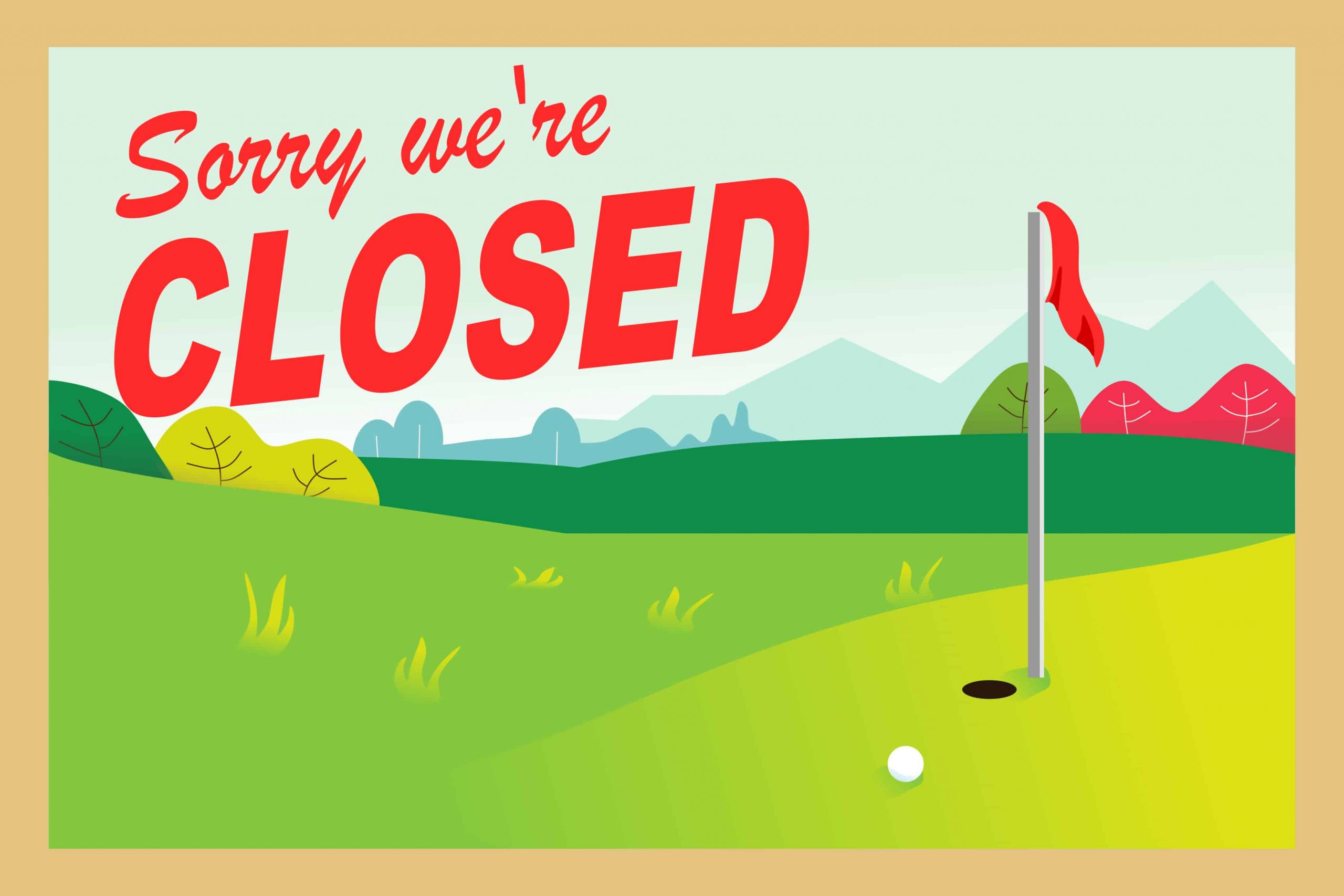Beginning April 2021, Ontario has been impacted by the third wave of COVID-19 that has sent hospitalization and ICU admissions in the province to unprecedented levels. Attempts to stop the spread of COVID-19 have included stay-at-home orders, which have been criticized by many doctors who say they fall short of supporting essential workers. The essential worker population has shown levels of transmission of COVID-19 much greater than other demographics in Ontario.
On April 16, 2021, the province added harsh restrictions on outdoor recreational activity which include closures of playgrounds, basketball courts, and golf courses. These restrictions drew the ire of some public health experts. Dr. Zain Chagla, an Ontarian physician specialising in infectious disease, argued that the restrictions could come back to “shoot [the government] in the foot”, according to the Toronto Star.
Outdoor transmission has been a topic of concern in the COVID-19 pandemic. However, according to a 2020 systematic review conducted by Bulfone et al., five studies reported that of the global cases of SARS-CoV-2 infection, a relatively small percentage — less than 10 per cent — occurred by outdoor transmission. The review also found that risk factors for outdoor transmission of COVID-19 include, but are not limited to, duration and frequency of person-to-person contact and the frequency of contact, a brief indoor gathering during an otherwise outdoor gathering, and the non-usage of personal protective equipment. A 2021 study by Senatore et al. found that the likelihood of outdoor transmission also rose if the outdoor gathering was crowded.
However, as mentioned above, current research suggests that outdoor transmission is still not as relevant as indoor transmission. Furthermore, the Ontario Science Table, which advises the government on COVID-19, promotes safe, socially distanced, outdoor socialization with masks as part of their “way forward.” The table also noted that policies which restrict safe outdoor activities are harmful to those who lack personal greenspace.
The restrictions on golf courses under the new regulations in Ontario have garnered negative reactions — especially among the golfing community in the province. In a CBC article, an owner of a course discussed the lengths to which he went to ensure safety on the course, such as removing cash as a payment method and limiting golf cart capacity, for example.
Golf — despite its reputation as a ‘dad sport’ — actually has some merit as a great way of soaking in the sun and getting some fitness in. Studies show that playing golf is associated with health benefits such as improved mental health and better cardiovascular health. Not only is golf a sport where players are capable of practicing social distancing, but it also provides physical activity associated with benefits to immune, physical, and mental well-being.
These benefits are important in a challenging time such as the pandemic. Therefore, removing options for outdoor golf seems rather counter-productive. Clearly, if golf can be safely played, and can boost our health, perhaps we should try getting more people on the course, rather than on the couch.
Yes, precautions should be taken, but people also need to exercise safe methods of socializing, especially as the weather begins to warm up. By encouraging safe social activity, not only do we make sure families and friends get to see each other again, we can add back a little normalcy to our lives. Therefore, if the data says that cautious, socially distanced, outdoor recreation with a mask is safe, perhaps we should listen to the science.
In summary, the province has a lot on its plate regarding the third wave of COVID-19, between getting vaccines in arms and flattening the curve. Ontario is stuck between a rock and a hard place. Moving forward, it is important not only to listen to science but to also act according to the data presented.


